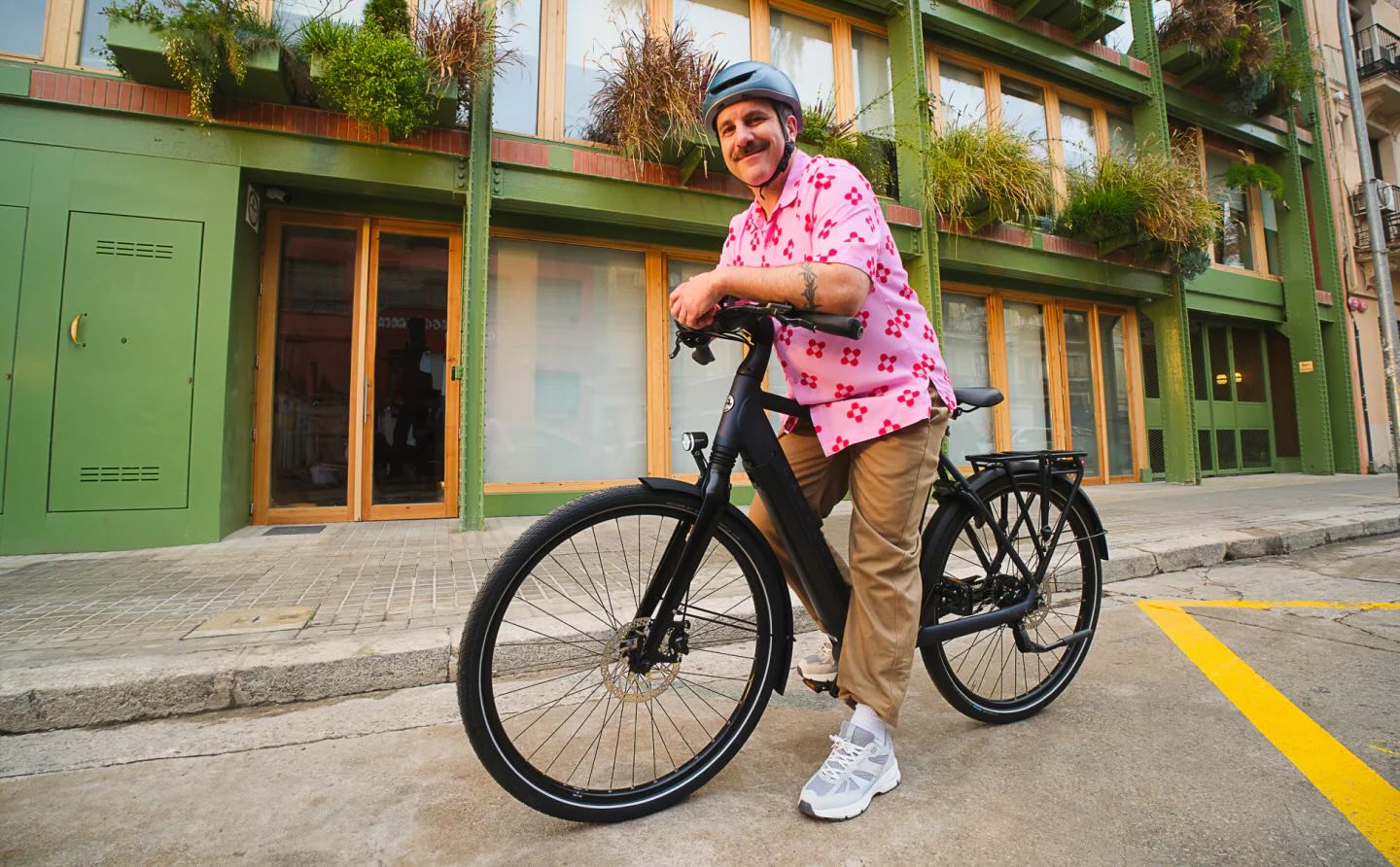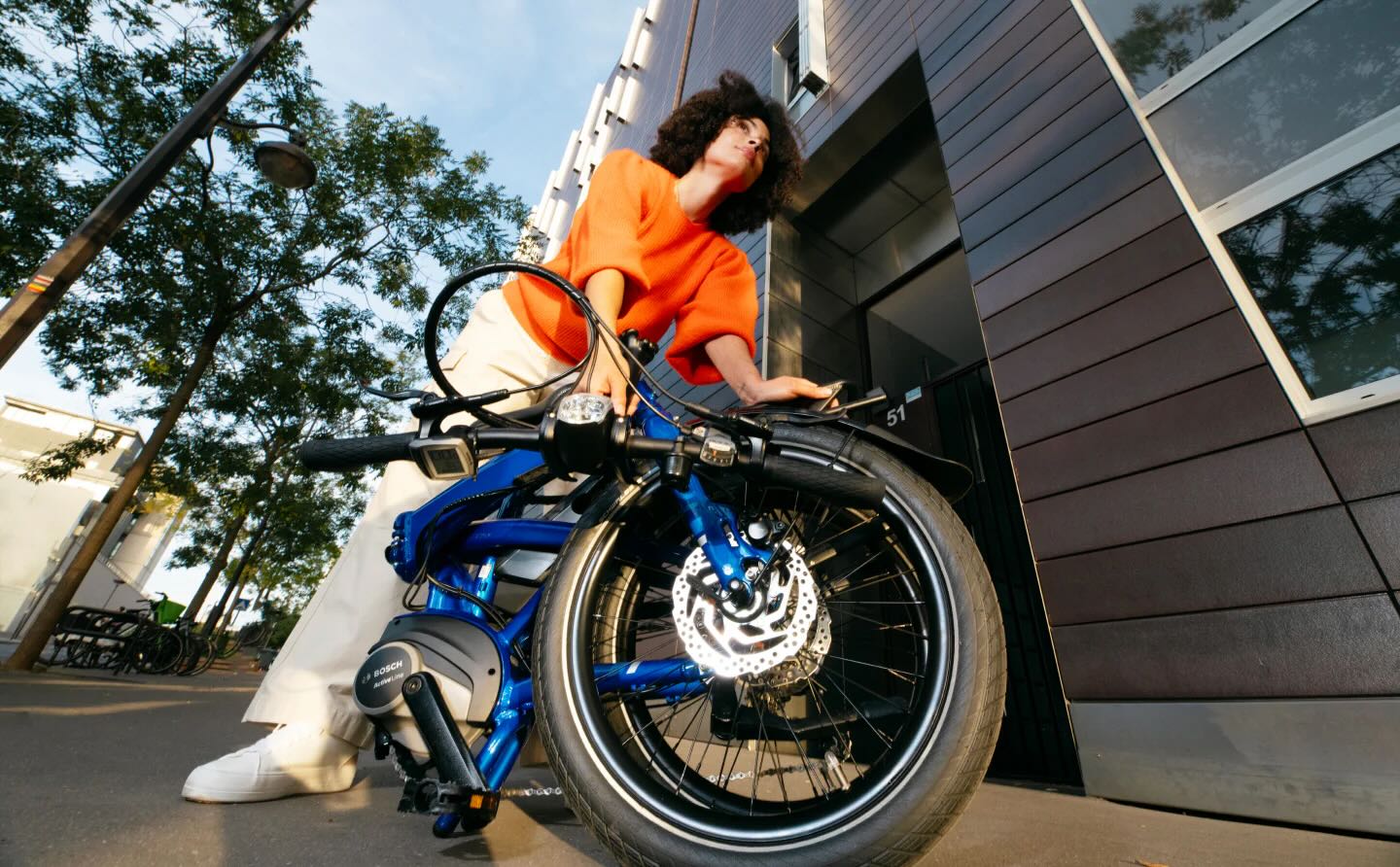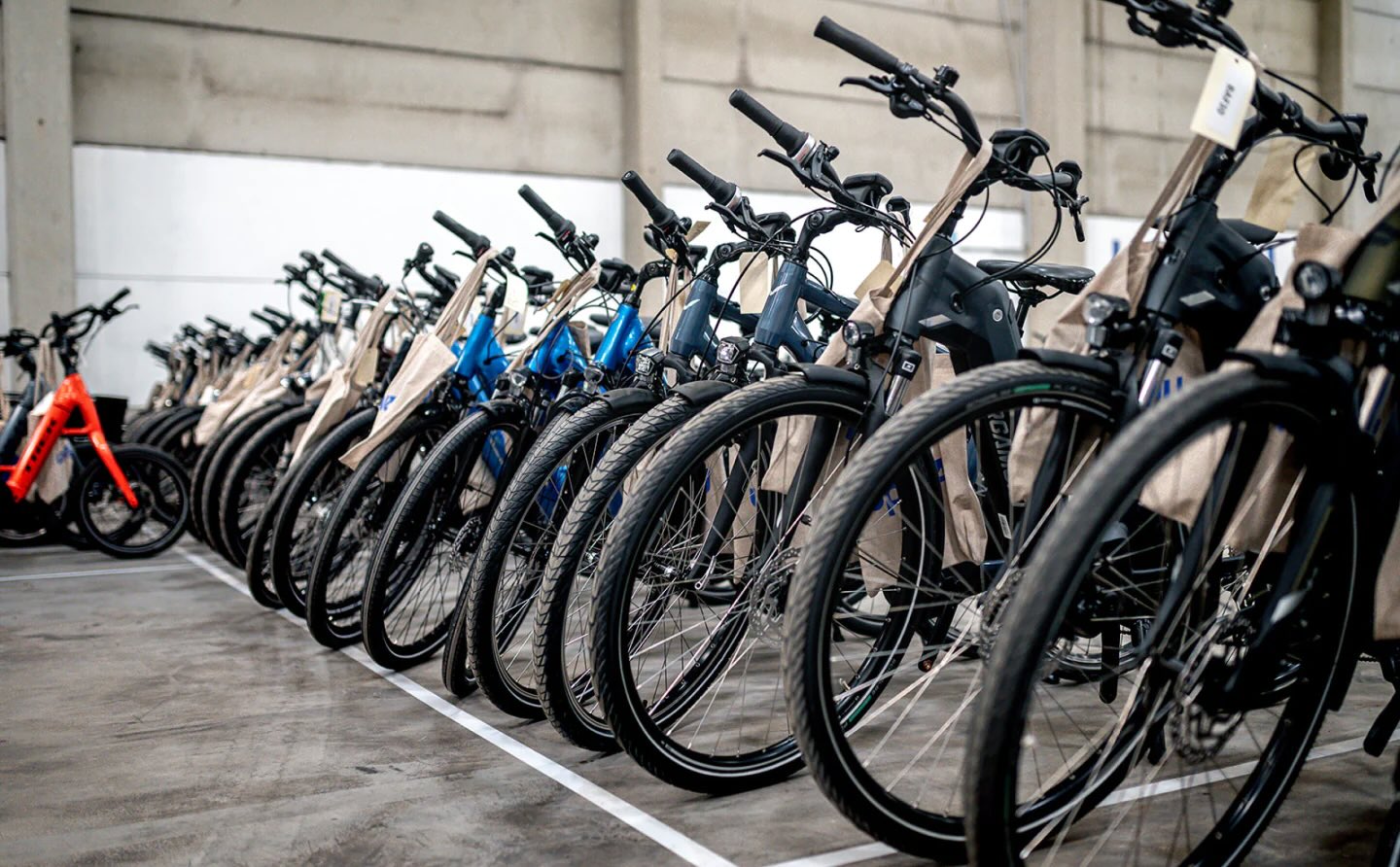In a remarkable step toward greener buildings, scientists at Montana State University engineered a living, self-repairing building material made from fungus and bacteria. Yes, you read that right — this building block is alive.
According to research published in the journal Matter, the material, which combines fungal mycelium (the rootlike structure of fungi) and bacterial cells, can remain functional for at least a month. That's far longer than similar bio-based materials, which typically lose viability in days. The potential? Game changing.
But why does this breakthrough matter?
Construction is one of the biggest culprits when it comes to pollution. Concrete alone is responsible for nearly 8% of all human-made carbon emissions worldwide, largely because of its energy-intensive production process.
Swapping even a portion of that for a low-temperature, self-repairing alternative could slash pollution, reduce material waste, and reshape the way we build everything from homes to infrastructure.
And while this new bio-based material may not be ready to replace concrete across the board just yet, the team is already working to improve its strength and expand its applications.
"Biomineralized materials do not have high enough strength to replace concrete in all applications, but we and others are working to improve their properties so they can see greater usage," corresponding author Chelsea Heveran, an assistant professor at Montana State University, said.
Watch now: How bad is a gas stove for your home's indoor air quality?
So how did the team make it work?
Led by Heveran and first author Ethan Viles, the researchers used the fungus Neurospora crassa as a scaffold — essentially the structural framework for the material. This fungal base provided a natural architecture similar to cortical bone, which could allow for strong, customizable forms in the future.
"We learned that fungal scaffolds are quite useful for controlling the internal architecture of the material," Heveran said. This internal complexity could be key to creating next-generation materials that are both durable and versatile.
The material also supports bacteria that stay alive longer — a promising sign that these microbes could provide bonus features such as self-healing or removing contaminants from their surroundings in the future.
"This is exciting, because we would like for the cells to be able to perform other functions," Heveran said.
TCD Picks » Upway Spotlight

|
Would you trust a home made of recycled plastic? Click your choice to see results and speak your mind. |
Although the tech is still in the developmental phase, it's part of a broader wave of engineered living materials aimed at reducing our environmental footprint and improving how we live. ELMs are gaining traction across water, energy, and health care, but construction might be their boldest frontier yet.
According to conclusions from a 2023 ELM workshop, researchers are now racing to overcome the regulatory and commercial hurdles that these innovative materials face, aiming to bring them out of the lab and into our everyday lives.
And while it may be a few years before these living bricks make their way into your home renovations, one thing's clear: In the push for greener living, the future is alive.
Join our free newsletter for weekly updates on the latest innovations improving our lives and shaping our future, and don't miss this cool list of easy ways to help yourself while helping the planet.

















